Biological Mechanisms of Animal Adaptation to Savanna Environments
Introduction
The savanna biome, characterized by its mixture of grassland and forest ecosystems, presents a unique set of challenges to the animals that inhabit it. These challenges include extreme temperature fluctuations, seasonal variations in food and water availability, and a diverse range of predators. Over time, animals have evolved a variety of biological mechanisms to survive and thrive in these conditions. This article will delve into the various ways animals have adapted to the savanna environment, from physiological changes to behavioral strategies.
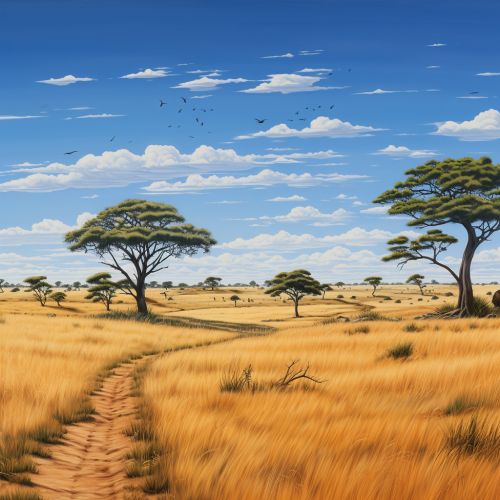
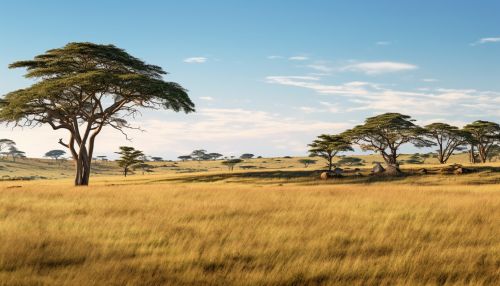
Physiological Adaptations
Physiological adaptations are changes in an animal's physical structure or body functions that help it survive in its environment. In the savanna, these adaptations often involve temperature regulation, water conservation, and dietary specialization.
Temperature Regulation
Due to the extreme heat during the day and cold temperatures at night, savanna animals have developed several mechanisms to regulate their body temperature. For instance, elephants have large ears that serve as heat radiators. Blood flowing through the thin skin of the ears is cooled by the air, helping to lower the elephant's overall body temperature.
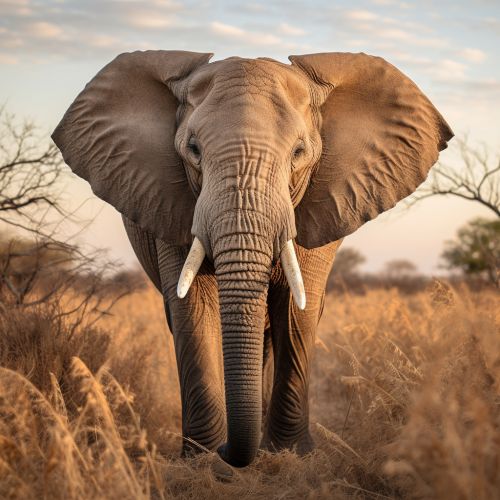
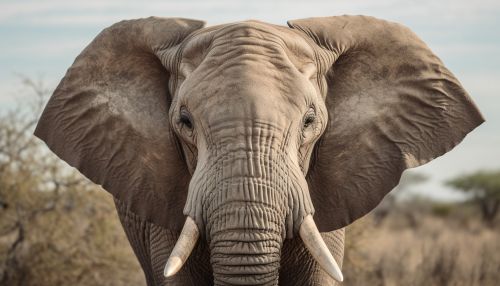
Water Conservation
Water is a scarce resource in the savanna, especially during the dry season. Many animals have adapted to this scarcity by developing ways to conserve water. The springbok, for instance, can go without drinking water for long periods, getting most of its hydration from the plants it eats.
Dietary Specialization
The savanna's flora is diverse, ranging from grasses to woody plants. Animals have adapted to this diversity by specializing in certain types of food. For example, giraffes have long necks that allow them to reach the leaves of tall trees, a food source that few other animals can access.
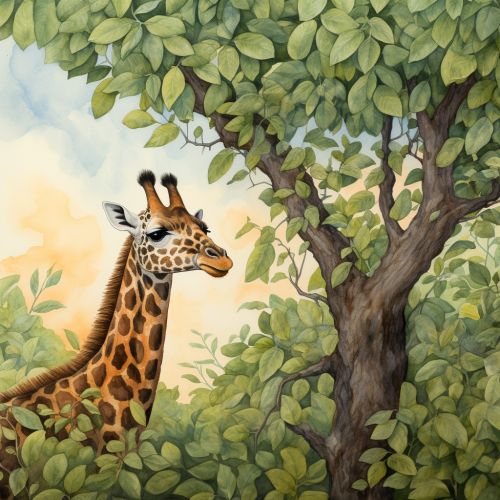
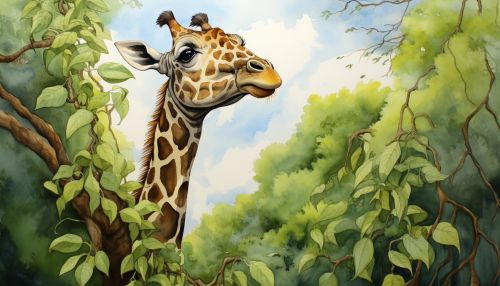
Behavioral Adaptations
Behavioral adaptations are learned or inherited behaviors that help an animal survive in its environment. In the savanna, these adaptations often involve migration, predator avoidance, and social behavior.
Migration
Many savanna animals migrate in response to the seasonal variations in food and water availability. Wildebeests, for instance, undertake one of the most spectacular migrations on earth, traveling in large herds across the savanna in search of fresh grazing lands.
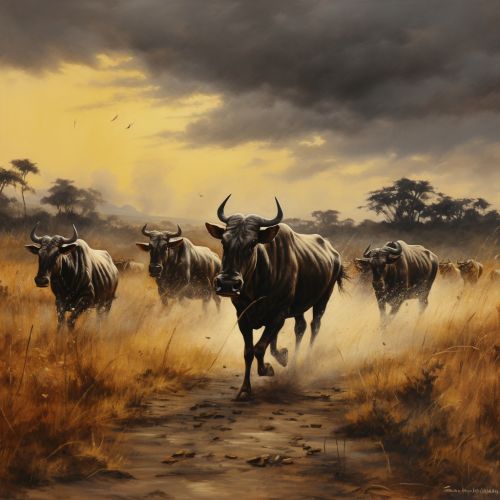
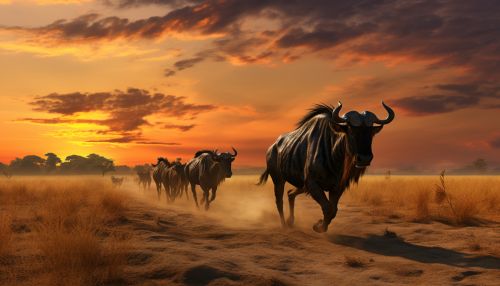
Predator Avoidance
The savanna is home to a diverse range of predators. Animals have developed various strategies to avoid predation, such as camouflage, warning signals, and defensive behaviors. For instance, zebras have distinctive black-and-white stripes that can confuse predators by creating an optical illusion when the herd is moving.
Social Behavior
Many savanna animals live in social groups, which can provide several advantages such as increased protection from predators and more efficient foraging. For example, meerkats live in large colonies and take turns acting as lookouts for predators while the others forage for food.
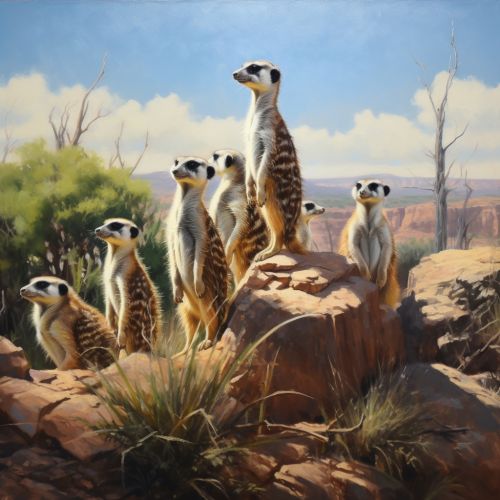
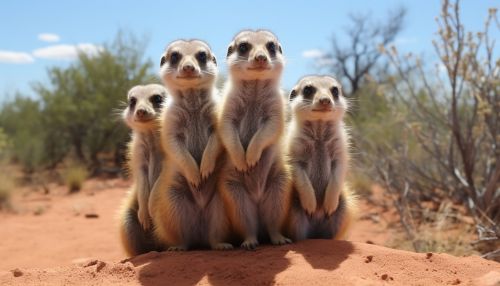
Conclusion
The savanna biome, with its unique challenges, has shaped the evolution of its animal inhabitants in fascinating ways. Through a combination of physiological and behavioral adaptations, these animals have found ways to survive and thrive in this harsh environment. Understanding these adaptations not only provides insight into the intricate workings of nature, but also highlights the importance of conserving these unique ecosystems and their biodiversity.
